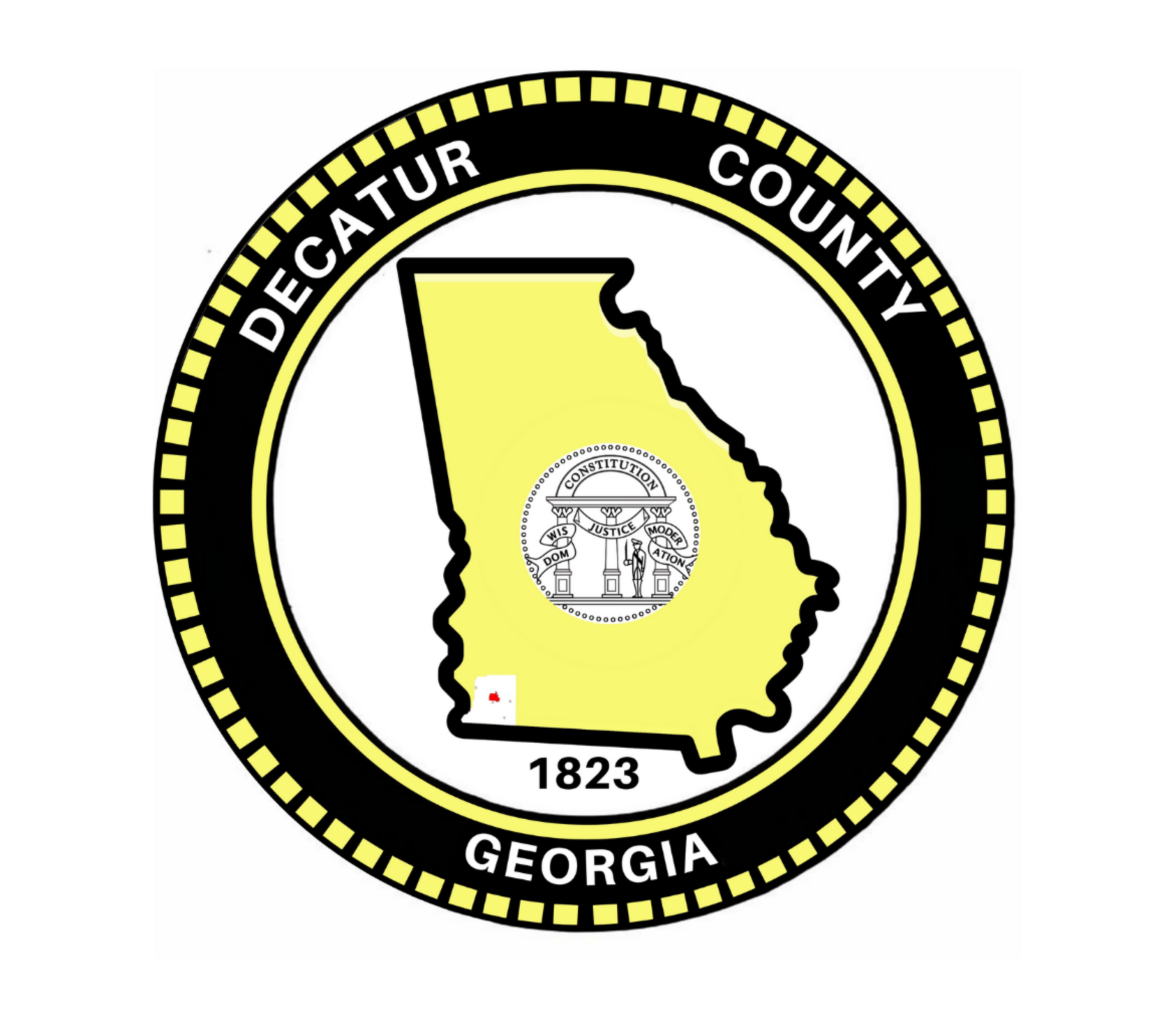The founding of the Constitution
Published 8:42 pm Tuesday, March 23, 2010
In a letter to his adopted son, the Marquis de Lafayette, George Washington wrote that the creation and adoption of the U.S. Constitution was “little short of a miracle.”
Adopted almost 10 years after the American War for Independence, it appears a miracle even today.
The Declaration of Independence had asserted that America was fighting to retain what it had before King George III and his supporters determined that the colonists must be made a political part of their empire. Americans had enjoyed the most democratic governments on earth prior to 1776, and they intended to keep those freedoms. Hence, the War for Independence achieved the goal of retaining democratic governments, not establishing them.
Independence thus firmly established, 13 states all determined to create a central government that would not be oppressive but, rather, would leave the majority of political power to the individual states.
Most students of history also consider it miraculous that 55 men could create and draft the oldest practical written constitution in the world in only five months.
The Constitutional Convention began by ignoring the demand by the Articles of Confederation, the existing government, that they were to meet “for the sole purpose of revising the Articles of Confederation.” They did know that the Articles of Confederation had failed, and they knew why—it could not reconcile the polar opposites of liberty and order. The Articles provided liberty in abundance but had almost no power to provide order. Clearly you may have order without liberty but not liberty without order. Balancing the two was the major problem.
The Founding Fathers chose a unique path—they would create a government of three separate and distinct branches and functions—the legislative, the House and Senate; the executive, the president; and the judicial, the court system.
An individual could serve in only one branch at a time.
A close reading of the Constitution demonstrates that most power was to remain with the states. The source of congressional power would come from two clauses, the power to tax and the power to pass bills “necessary and proper” to carry out the provisions of the Constitution.
They had seen that the inability to tax under the Articles had doomed it. They knew well, however, that the power to tax is also the power to destroy. To lessen that probability, the Constitution provides that “all bills for raising revenue shall originate in the House of Representatives,” the only branch of government, at that time, directly elected by the people and subject to removal every two years.
Senators were elected by state legislatures and the president by electors “equal to the number of senators and representatives to which the state may be entitled.”
All bills passed by Congress had to have the votes of “two-thirds of the House and Senate.” That requirement of the Constitution has never been amended and is still in effect today.





